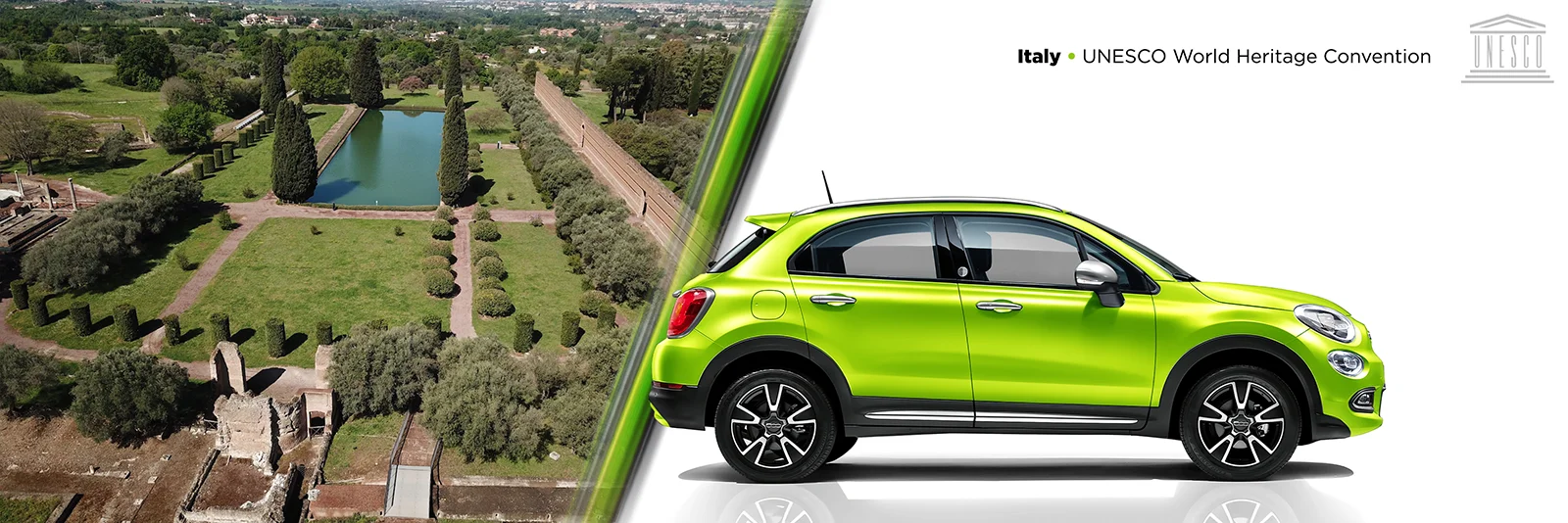IT
EN
ES
FR
IT
EN
ES
FR
The villa covers over 120 hectares and features a blend of architectural elements from different parts of the Roman Empire, embodying the eclecticism and cultural richness of that era. Examples of Greek, Roman, and Egyptian architecture can be admired, giving rise to a wonderful fusion of styles.

Villa Adriana, located in Tivoli, is one of the largest and most luxurious residences ever built in antiquity. Constructed by the Roman Emperor Hadrian in the 2nd century AD, this villa is a masterpiece of architecture and engineering, combining elements of Greek, Roman, and Egyptian cultures. Villa Adriana was recognized as a UNESCO World Heritage Site in 1999.
Villa Adriana was built between 118 and 138 AD by Emperor Hadrian, one of Rome’s most cultured and well-traveled emperors. Tired of the hustle and bustle of Rome and longing for a peaceful retreat, Hadrian chose Tivoli for his personal villa, where he could recreate the architectural wonders he had seen during his travels across the Roman Empire.
The villa was designed as an ideal city, with a series of buildings, gardens, and pools covering over 120 hectares. Each part of the villa had a specific function, and many buildings were inspired by places Hadrian had visited, such as the Canopus, which recalls the Serapeum of Alexandria in Egypt.
Villa Adriana is composed of a series of buildings spread over a vast area, each with a unique function and design. Here are some of the main architectural elements that make up the complex:
Villa Adriana represents an exceptional example of Roman architecture and Emperor Hadrian’s aesthetic taste. The site reflects the emperor’s ability to blend elements from different cultures into a harmonious composition, creating a space of extraordinary beauty and complexity.
The villa was not just an imperial residence but also a place of reflection and study, where Hadrian could indulge in his passions for art, literature, and philosophy. The presence of libraries, theatres, and gardens attests to the importance of culture and knowledge for the emperor.
In 1999, Villa Adriana was included in the UNESCO World Heritage list. This recognition highlights the importance of the site as an exceptional testimony to Roman culture and Hadrian’s architectural genius.
The villa continues to be the subject of archaeological studies and research, constantly revealing new aspects and details, contributing to a deeper understanding of the history and culture of ancient Rome.
Villa Adriana is open to the public, offering the opportunity to explore the ruins of buildings, gardens, and pools that once formed part of this extraordinary complex. It is advisable to dedicate at least half a day to the visit to fully appreciate the beauty and complexity of the site.
Villa Adriana is located in Tivoli, about 30 km east of Rome. It is easily accessible by car, train, or bus:
Villa Adriana is an extraordinary testament to Emperor Hadrian’s ingenuity and vision. The site offers a unique opportunity to explore the life and culture of ancient Rome through a magnificent architectural complex of great beauty and historical significance.
Visiting Villa Adriana means immersing yourself in a world of art, architecture, and history, discovering the secrets of one of the most fascinating periods of the Roman Empire. A visit to this masterpiece is a journey through time that allows you to appreciate the enduring legacy of ancient Rome.